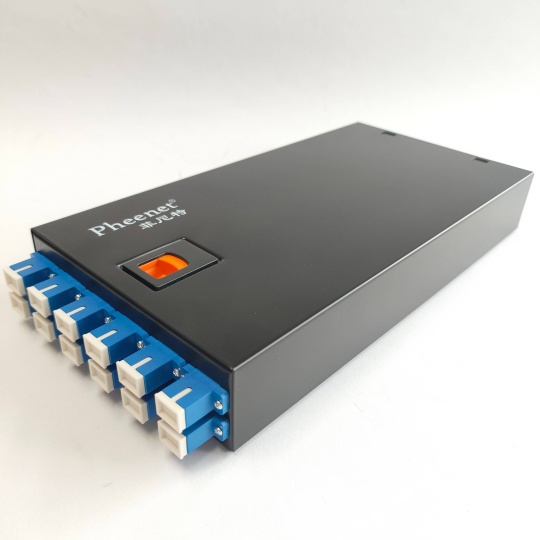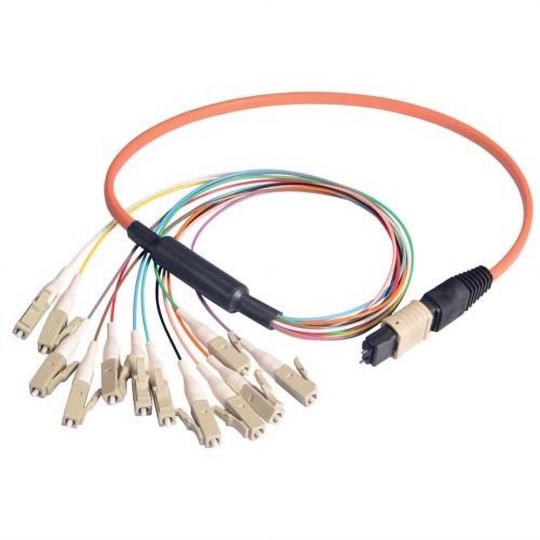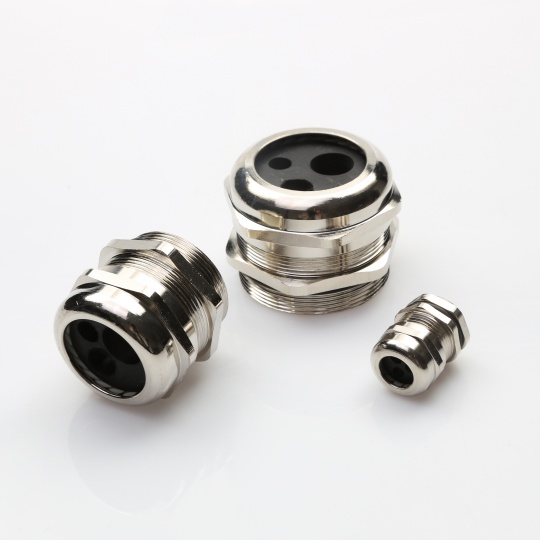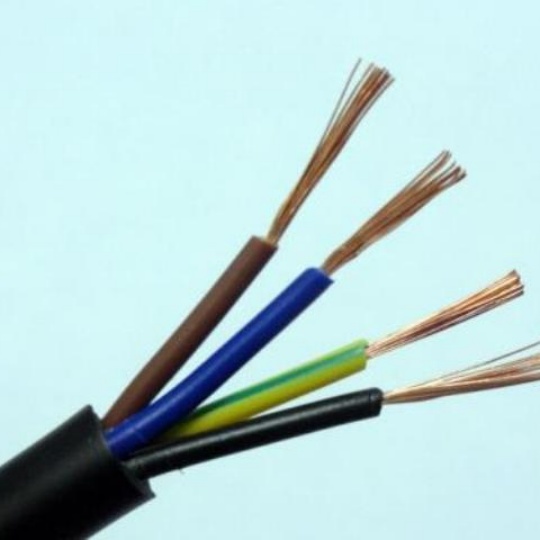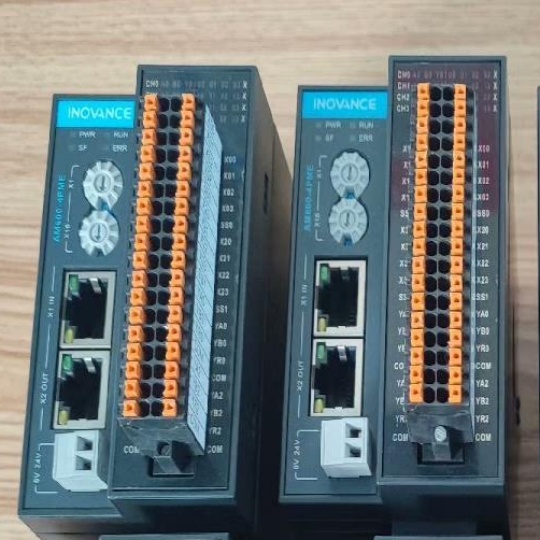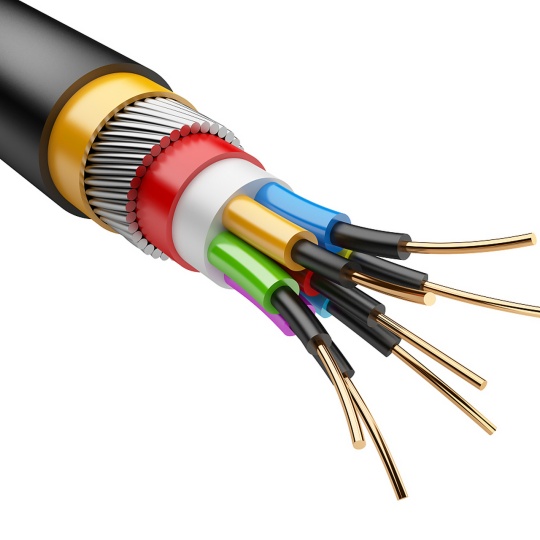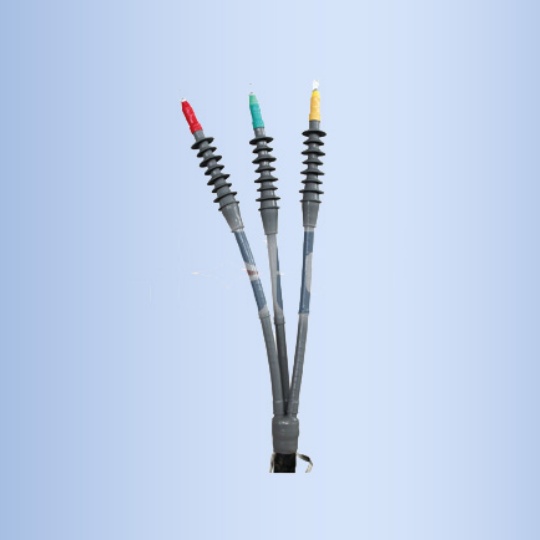What Special Standards Govern Military-Grade Industrial Cable Assembl...
Military and aerospace applications demand unparalleled reliability, durability, and performance from every component, especially cable assemblies. Operating in harsh environments – think extreme temperatures, shock, vibration, sand, dust, salt spray, chemicals, and electromagnetic interference – requires cables built to far stricter standards than typical industrial or commercial products. So, what sets military-grade industrial cable assemblies apart? It boils down to rigorous Military Specifications (MIL-SPEC) and stringent testing.
Why MIL-SPEC Standards Matter
Unlike commercial off-the-shelf (COTS) products, military-grade cable assemblies are designed to meet specific, documented requirements that guarantee:
- Reliability & Longevity: Failure is not an option in critical defense systems. MIL-SPEC assemblies are built to withstand years of punishing use.
- Environmental Resilience: They must function flawlessly from desert heat to Arctic cold, underwater to high altitudes, resisting corrosion and environmental degradation.
- Electrical Integrity: Consistent signal transmission and power delivery, even in noisy electromagnetic environments (EMI/RFI), is vital for communication, control, and sensor systems.
- Physical Durability: Resistance to crushing, abrasion, flexing, shock, and vibration prevents breakages and signal interruptions during operation or transport.
- Interoperability & Consistency: Standards ensure connectors and assemblies from different manufacturers meet precise dimensions and performance criteria, allowing for compatibility and replacement.
Key Governing Standards for Military-Grade Cable Assemblies
The bedrock of military-grade cables is adherence to specific MIL-SPECs. Some of the most critical include:
- MIL-DTL-38999 Series: This is the de facto standard for high-reliability, circular, threaded connectors used extensively across military platforms (aircraft, vehicles, ships). It defines shell styles, inserts, contact arrangements, materials, and performance requirements, particularly for environmental sealing (resistance to moisture, fluids, pressure).
- Key Aspects: Threaded coupling, environmental sealing (tested per MIL-STD-810), EMI shielding, ruggedized construction.
- MIL-DTL-5015: Governs bayonet-coupling (e.g., “Cannon plug”) circular connectors. While older than 38999, they are still widely used in ground vehicles, ships, and power applications due to their robustness and ease of mating/unmating.
- Key Aspects: Bayonet lock, environmental sealing options, various sizes and contact types.
- MIL-DTL-26482: Specifies miniature, high-density, bayonet-coupling circular connectors. Common in space-constrained applications like avionics.
- Key Aspects: Small size, high-density contacts, bayonet lock.
- MIL-DTL-83513: Defines standards for micro-miniature (often rectangular) connectors (D-Sub types), crucial for high-density avionics and electronics.
- Key Aspects: Small form factor, various pin/socket arrangements, often requires environmental sealing accessories.
- Material & Construction Standards:
- Cable Jacketing: Often conforms to specifications like MIL-DTL-27500 (Teflon-based) or MIL-DTL-81381 (cross-linked, irradiation-modified materials), offering superior temperature resistance, chemical inertness, low smoke/toxicity in fires (often meeting MIL-STD-704 for aircraft power), and abrasion resistance.
- Conductors: Stranding, plating (often silver or tin), and insulation materials are specified for optimal conductivity, flexibility, and environmental protection.
- Shielding: Braided or tape shielding performance is rigorously tested (e.g., per MIL-DTL-17 for coaxial cables, or MIL-STD-461 for EMI/RFI susceptibility) to ensure signal integrity.
Rigorous Testing & Qualification (The Proof is in the Testing)
Simply claiming compliance isn’t enough. True military-grade assemblies undergo exhaustive qualification and lot acceptance testing as defined by:
- MIL-STD-810: Environmental Test Methods. This standard dictates testing protocols simulating extreme conditions like temperature shock, humidity, salt fog, vibration, shock, and sand/dust exposure. Passing these tests validates resilience.
- MIL-STD-202: Test Methods for Electronic and Electrical Component Parts. Covers fundamental tests for electrical properties, mechanical durability (flex, pull, vibration, impact), and environmental effects.
- MIL-STD-1344: Test Methods for Electrical Connectors. Focuses specifically on connector performance under mechanical, electrical, and environmental stresses, including mating/unmating cycles, contact resistance, and dielectric withstand.
- MIL-STD-461: Requirements for the Control of Electromagnetic Interference. Ensures equipment (including its cabling) doesn’t emit excessive EMI and can operate reliably within defined electromagnetic environments (susceptibility).
- MIL-PRF-31032: Performance Specification for Cable and Wire Assemblies, General Specification. While often seen on raw cable, its principles govern the performance and qualification of assemblies made with MIL-spec components.
Solution-Focused Approach: Choosing the Right Assembly
Knowing the standards is step one. Applying them effectively requires a solution mindset:
- Define the Environment: Clearly identify all environmental threats (temp range, moisture, chemicals, abrasion, EMI, vibration/shock levels).
- Identify Critical Performance Needs: Bandwidth? Voltage/current? Signal integrity sensitivity? Mating cycles needed?
- Prioritize Relevant Standards: Based on #1 and #2, determine the primary MIL-SPEC connectors (e.g., 38999 vs. 5015) and cable jacket requirements. Consider EMI needs (MIL-STD-461).
- Partner with a Certified Expert: Choose a manufacturer with proven expertise in designing and manufacturing to MIL-SPECs, not just selling compatible-looking products.
- Ask for: Certification documentation (e.g., AS9100 for aerospace quality), testing reports (showing compliance with 810, 202, 1344), and traceability of materials to MIL-SPECs.
- Demand Qualification Testing: Insist that assemblies undergo (and pass!) the specific tests relevant to your application environment (salt spray, vibration, thermal cycling, etc.).
- Consider Customization: Strict environments often need tailored solutions – custom lengths, specific shielding configurations, specialized jackets, or combinations of MIL-SPEC components not covered by a single standard.
The Takeaway
Military-grade industrial cable assemblies aren’t just tougher versions of standard cables; they are precision-engineered solutions governed by a comprehensive framework of demanding MIL-SPEC standards (like MIL-DTL-38999, 5015) and validated through rigorous testing (MIL-STD-810, 202, 1344, 461). Understanding these standards and partnering with a qualified manufacturer who rigorously adheres to them is the key to obtaining cable assemblies that deliver the unwavering reliability, resilience, and performance required by the most critical defense and aerospace applications. Investing in true MIL-SPEC assemblies mitigates risk and ensures mission success where failure is not an option.


